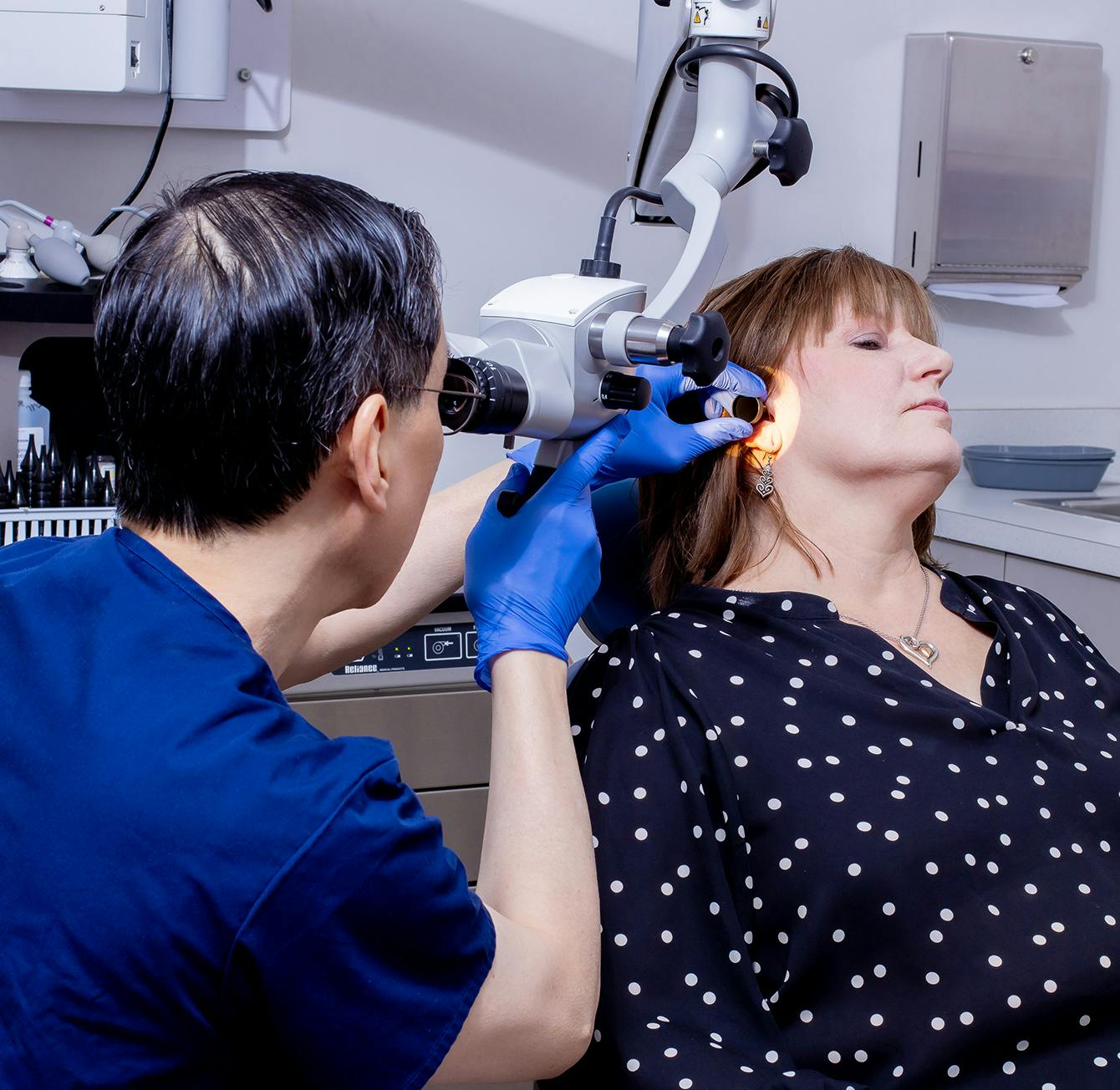Otitis media is the medical term for an inflammation of the middle ear, commonly referred to as an ear infection. It is the result of fluid becoming trapped behind the eardrum, and is usually caused by a virus or bacteria. People of all ages can develop ear infections, but they are far more common in children than older adults: three out of four children will experience at least one ear infection by the time they are three years old. Otitis media is characterized as being either acute or chronic. Acute cases are most common; they come on suddenly but last for only a short duration. Chronic otitis media occurs when fluid remains in the middle ear or returns repeatedly.

Treatment
Treating otitis media often involves antibiotics such as amoxicillin, coupled with over-the-counter pain relievers and eardrops. Children should never be given aspirin, as it can lead to a potentially fatal disease called Reye’s syndrome. Pressing a warm compress against the affected ear can bring relief, as well. Most ear infections run their course in a matter of days. If your child suffers from chronic otitis media that doesn’t respond to medication, surgically implanted ear tubes may be recommended. These provide ventilation and prevent fluid from accumulating in the middle ear. They remain in place anywhere from six months to two years, usually falling out on their own. If ear tubes don’t do the trick, surgery to remove the tonsils and/or adenoids may be considered.


